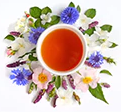

Description
Profile: The herbaceous legume Glycyrrhiza glabra is native to the Middle East, southern Europe, and India. Licorice, sometimes known as liquorice, is a popular sweetening component in herbal tea blends and is frequently used as a flavoring factor in candies. For thousands of years, licorice root has been a significant herb in both Eastern and Western herbal traditions. Licorice root can be used to make licorice tea or licorice extract.
Details: Licorice root is one of the most regularly used herbs in the world, and it is still the most commonly used herb in Traditional Chinese Medicine. The Egyptians used it to flavor a drink called Mai-sus, and vast quantities were discovered in King Tut's tomb for his journey into the afterlife. It was advised by Pliny the Elder to clarify the voice and relieve thirst and hunger. When marching with Alexander the Great, Dioscides advised his troops to bring and consume licorice to aid stamina during lengthy marches and to quench thirst in drought-stricken areas. It was used in the Middle Ages to counteract the deleterious effects of hot or overcooked food. It was also used to flavor tobacco, as well as in fire extinguishers and beer as a foaming agent.
Licorice was recognized as the 10th most significant herb used in clinical treatment in a recent poll of Western medical herbalists. Licorice is used in a staggering number of Chinese herbal formulations (over 5,000) to sweeten beverages and "harmonize" opposing ingredients. It had first documented use in 190 AD, under the reign of the famous Chinese herbal expert Zhang Zhong Zhing, but it had been used for many centuries before that. Black Vines, the first of a long line of licorice-based modern sweets, was introduced in 1914 by the Chicago Licorice Company. The full sticks and slices can be chewed without chewing gum and have a pleasant flavor.
Glycyrrhiza glabra is also known as Russian licorice, Spanish licorice, or Turkish licorice in comparison to Chinese licorice (Glycyrrhiza uralensis).
NOTICE: DO NOT USE THIS PRODUCT IF PREGNANT OR NURSING.
**These statements have not been evaluated by the Food and Drug Administration. These products are not intended to diagnose, treat, cure, or prevent any diseases.
| Ingredients: | Licorice root |
| Origin: | Georgia |
| Shelf Life: | 2 Years. |
| Product Style: | Cut & Sifted |
| Handling / Storage: | Store in a airtight Food Storage Containers, cool, dry place. |
| Allergen Information: | None Specified. |
Related Products
Best Sellers
-
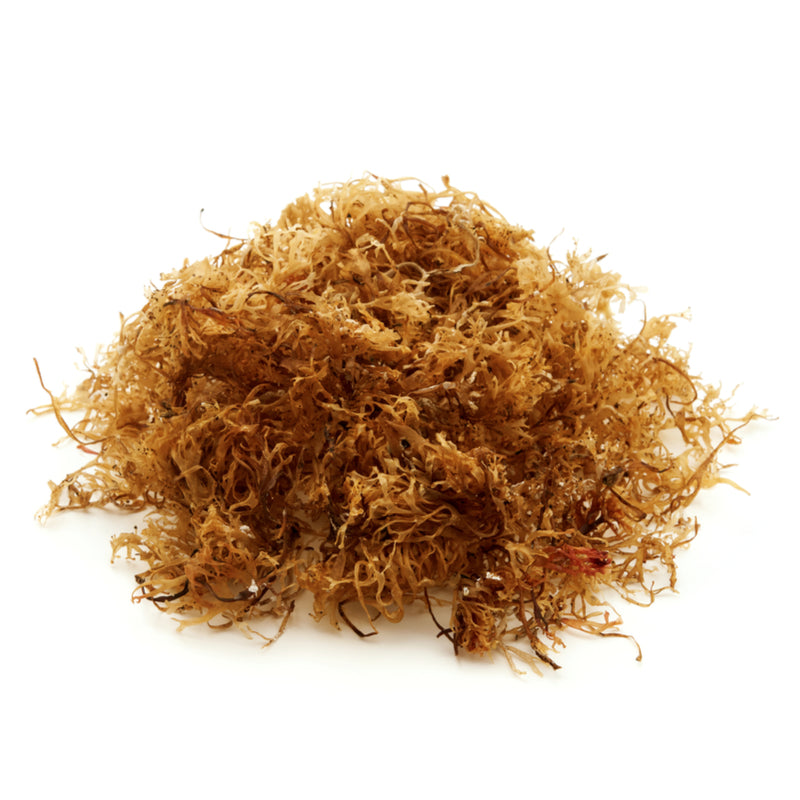 from $9.99
from $9.99Profile: Thyroid | Digestive | Sexual | Appetite Suppressant - Iodine is one of the many minerals found abundantly in sea moss. By consuming sea mo...
View full details -
 $24.99
$24.99Profile: Thyroid | Digestive | Sexual | Appetite Suppressant - Iodine is one of the many minerals found abundantly in sea moss. By consuming sea m...
View full details -
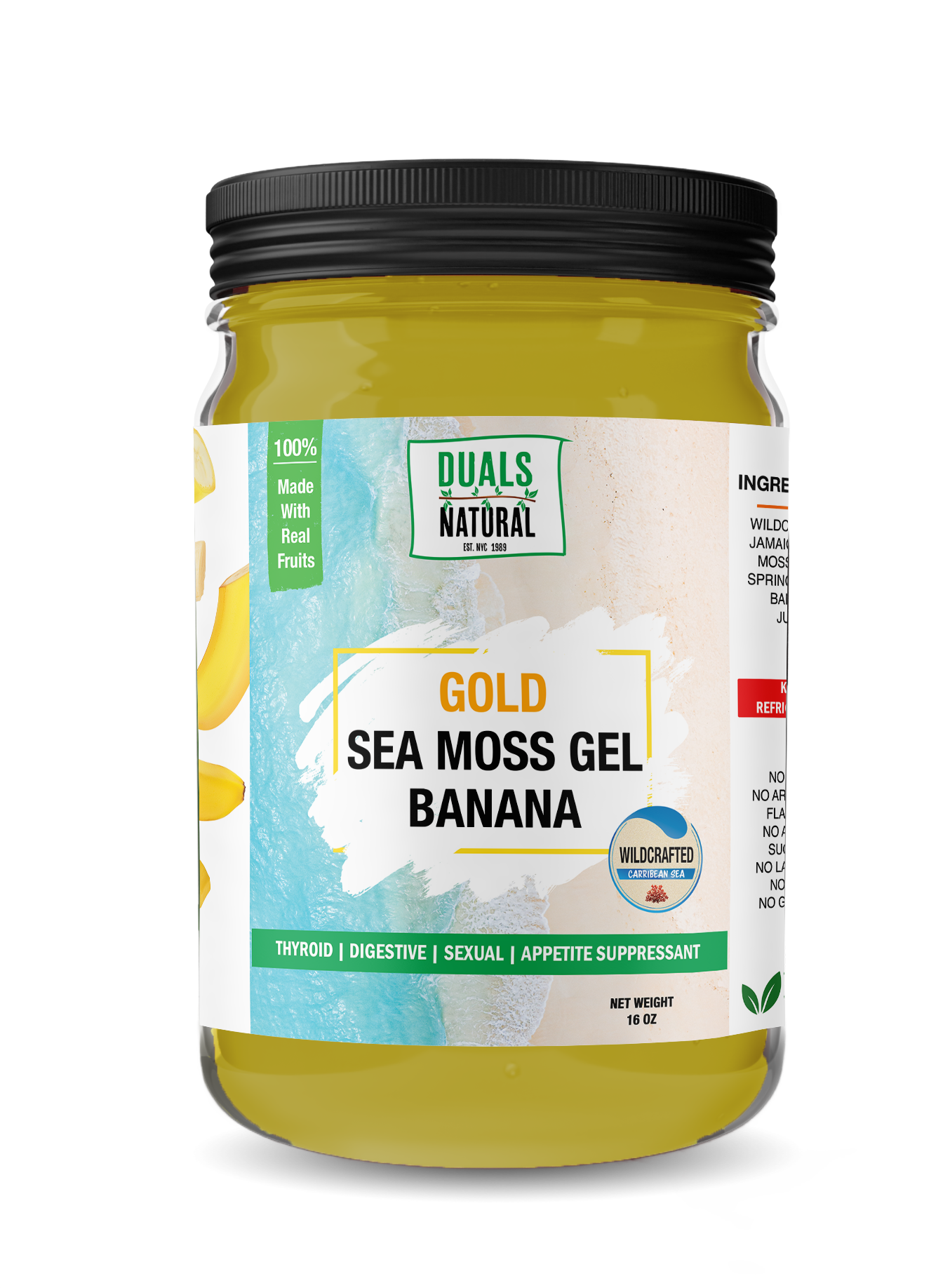
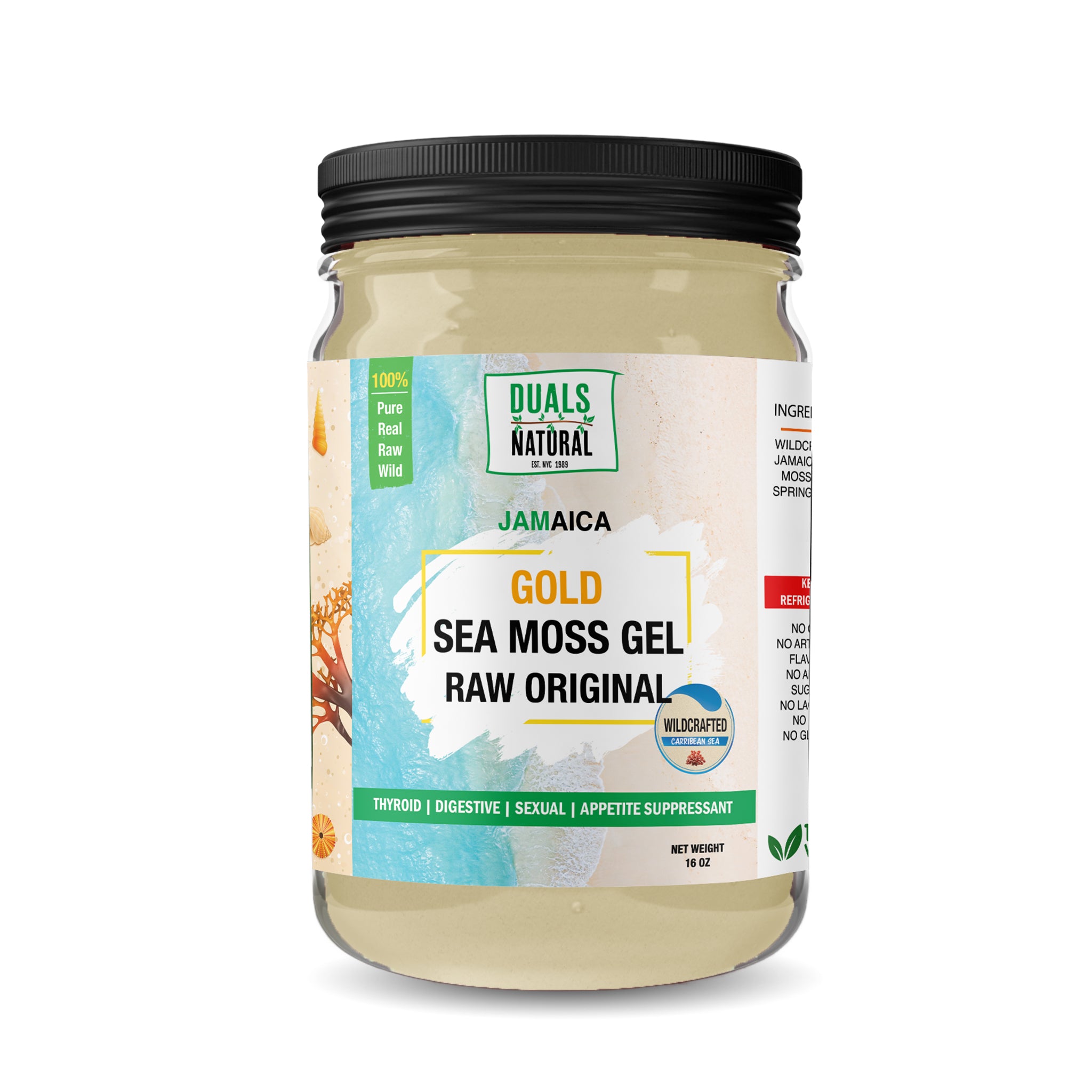 $30.00
$30.00100% Pure Raw Wildcrafted Sea Moss PER 50 GRAMS OF SEA MOSS Iodine 360 μg - Which is 240% of your Recommended Daily Intake Iron 4.45 mg - Whi...
View full details -
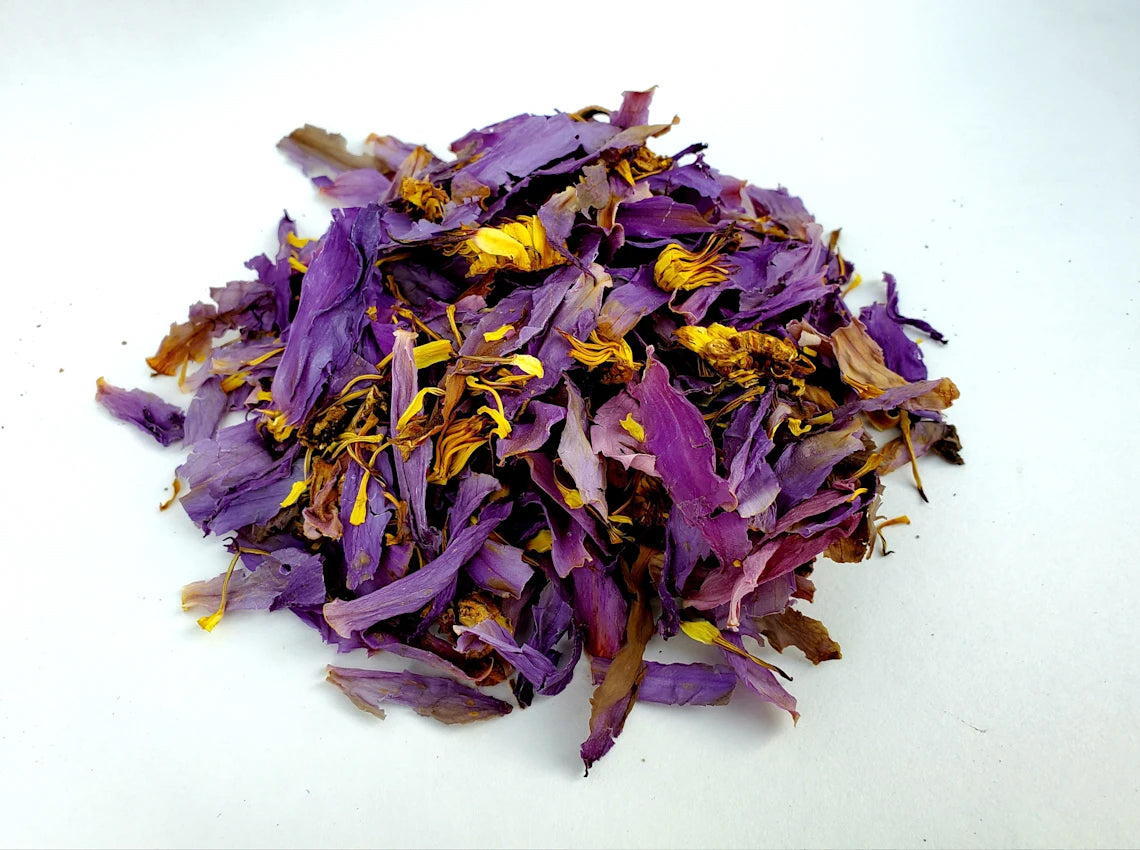 $9.99
$9.99Blue Lotus flower, also known as Egyptian Lotus or Sacred Lily of the Nile, has it's roots in ancient Egypt (and often linked to Cleopatra); where...
View full details -
 from $4.50
from $4.50Profile: Garam masala spice blend is associated with cutesy supernaturalism in pop music or TV shows. It may be dated, yet you adore it for some re...
View full details -
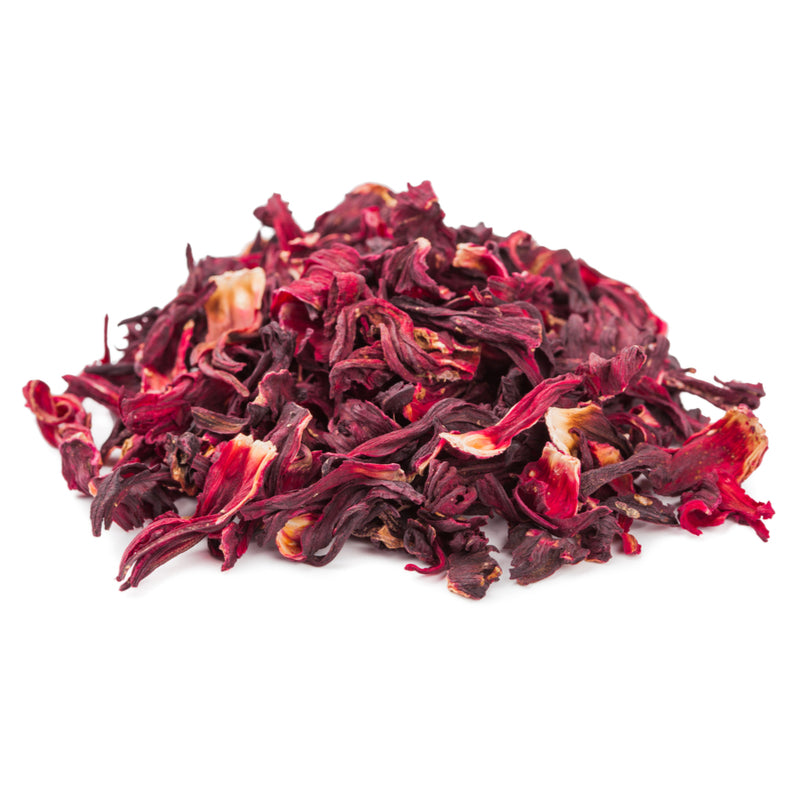 from $3.95
from $3.95Profile: Hibiscus sabdariffa has crimson, mallow-family flowers. Tropical hibiscus blooms are used to make hibiscus tea. The tart drink is refreshi...
View full details -
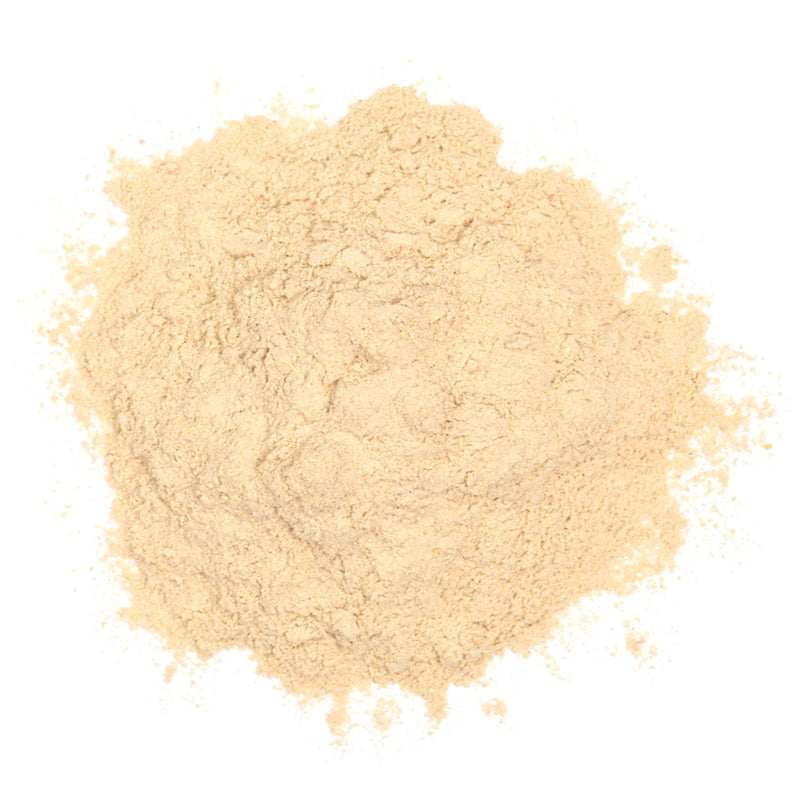
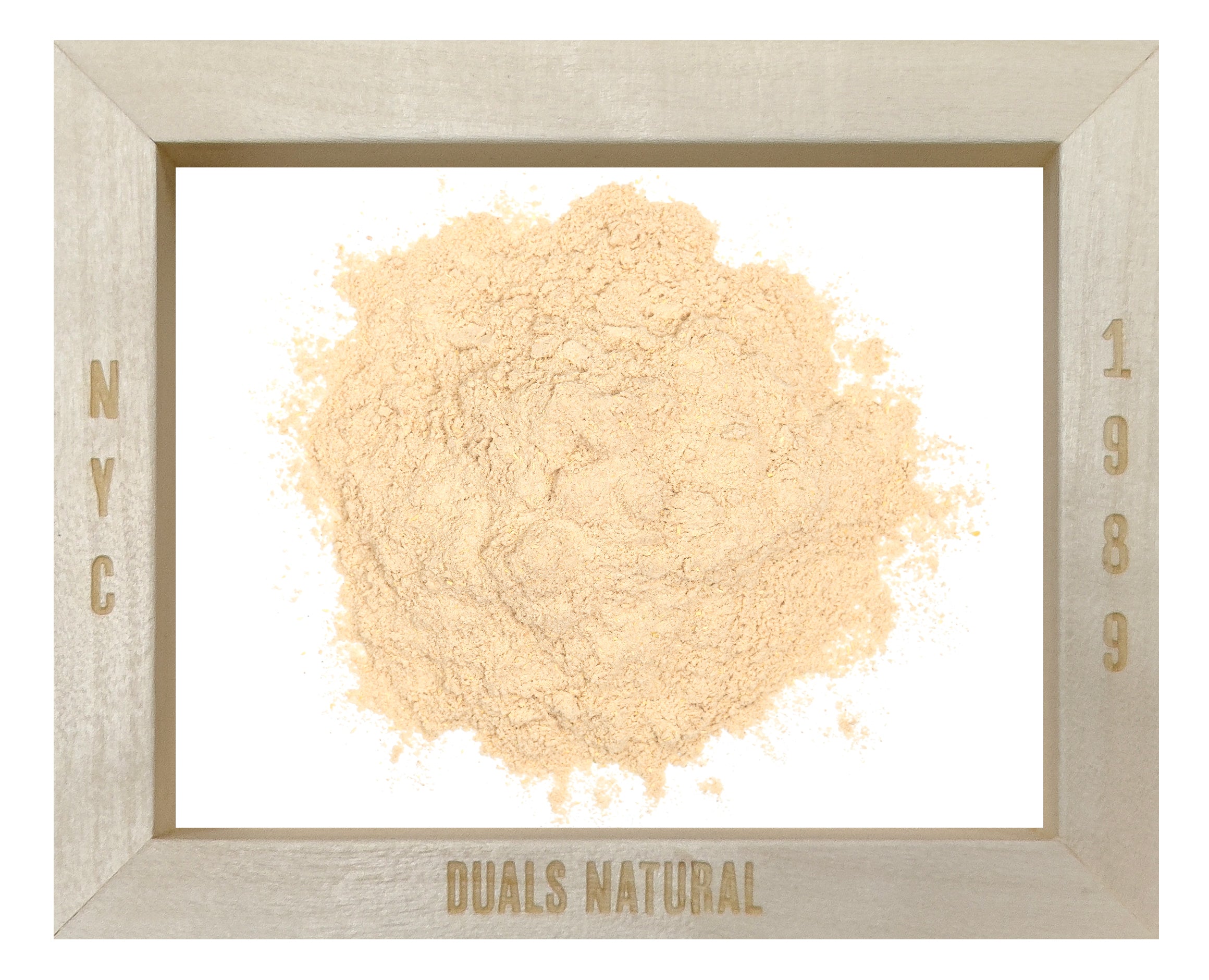 from $5.95
from $5.95Profile: * Increases vigor and energy * Stress-relieving adaptogen in general* Aids in the relaxation of the mind and the promotion of pleasant sle...
View full details -
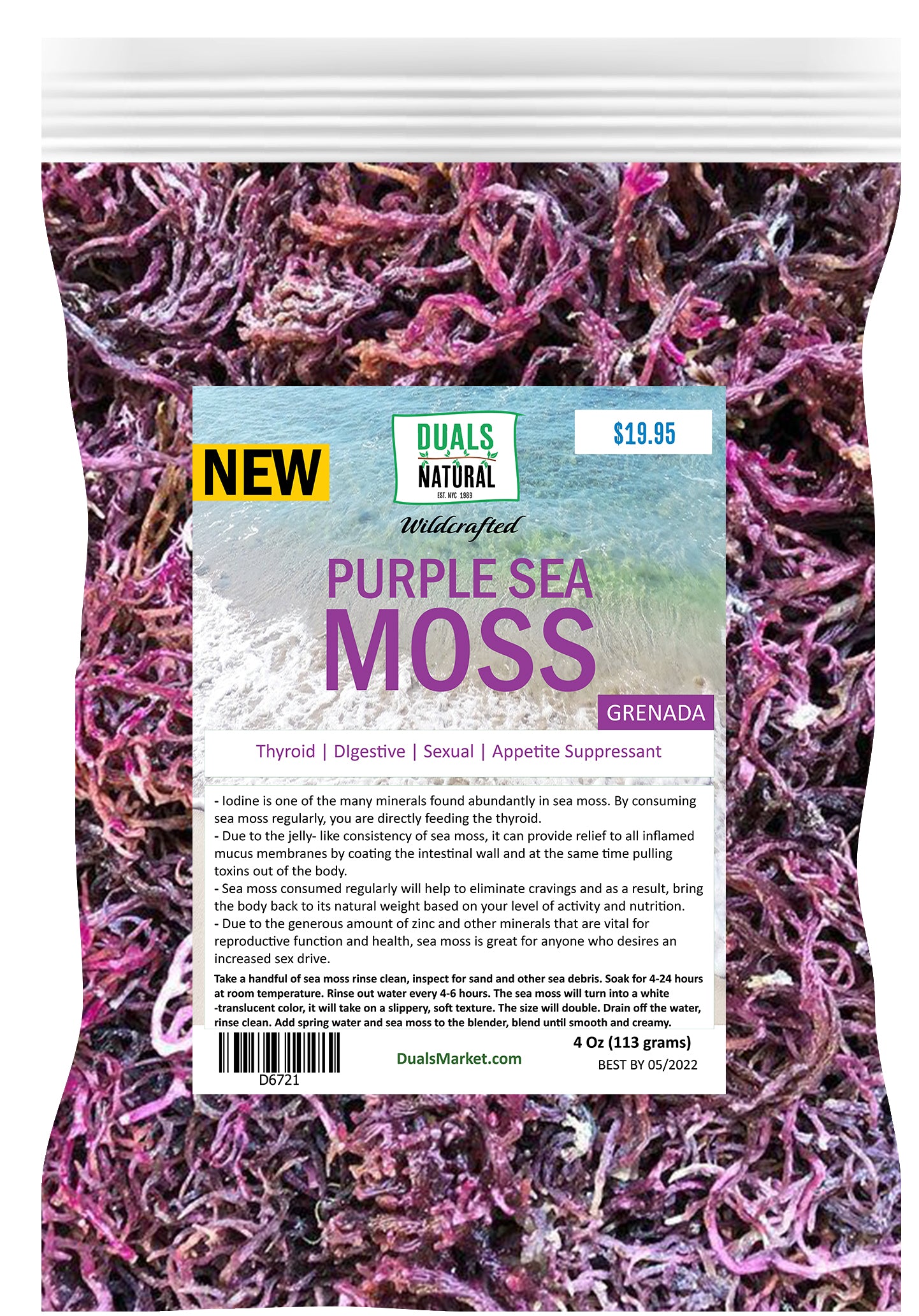
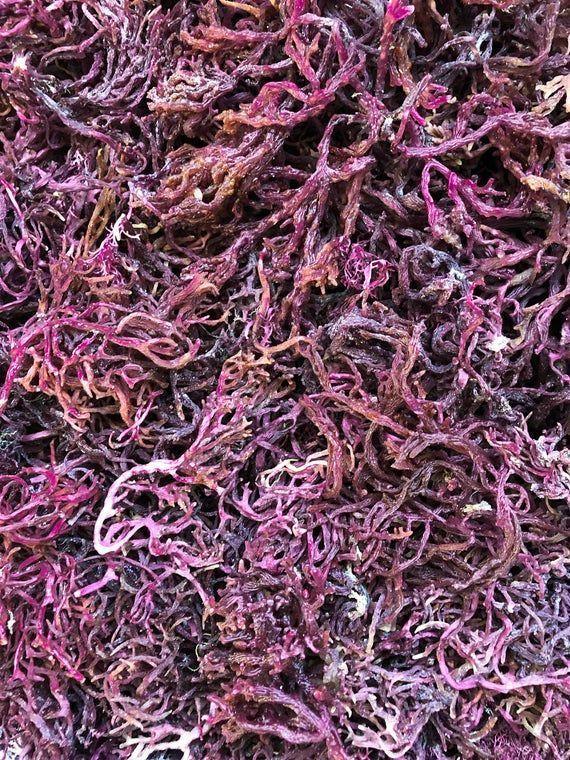 from $19.95
from $19.95Profile: Thyroid | Digestive | Sexual | Appetite Suppressant - Iodine is one of the many minerals found abundantly in sea moss. By consuming sea mo...
View full details

